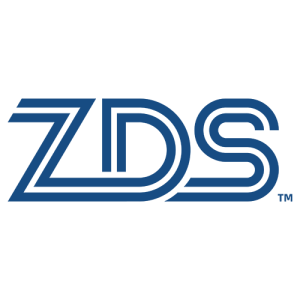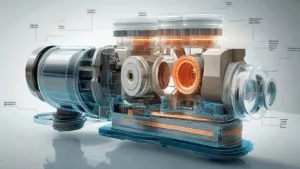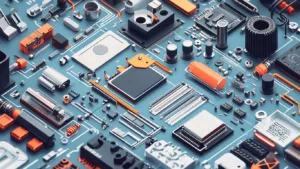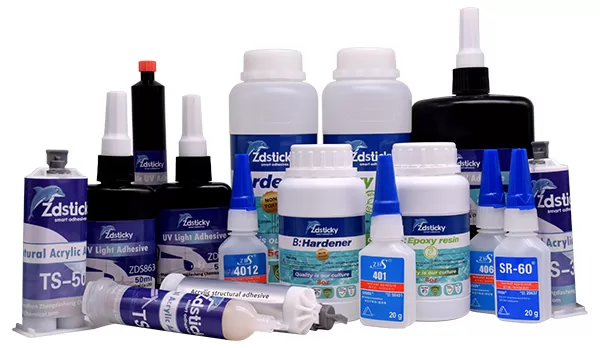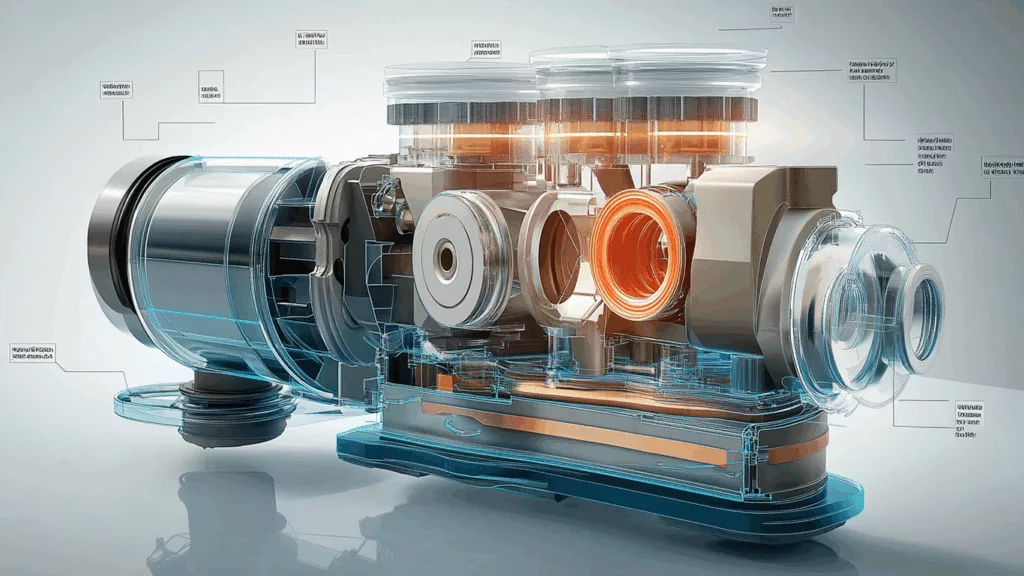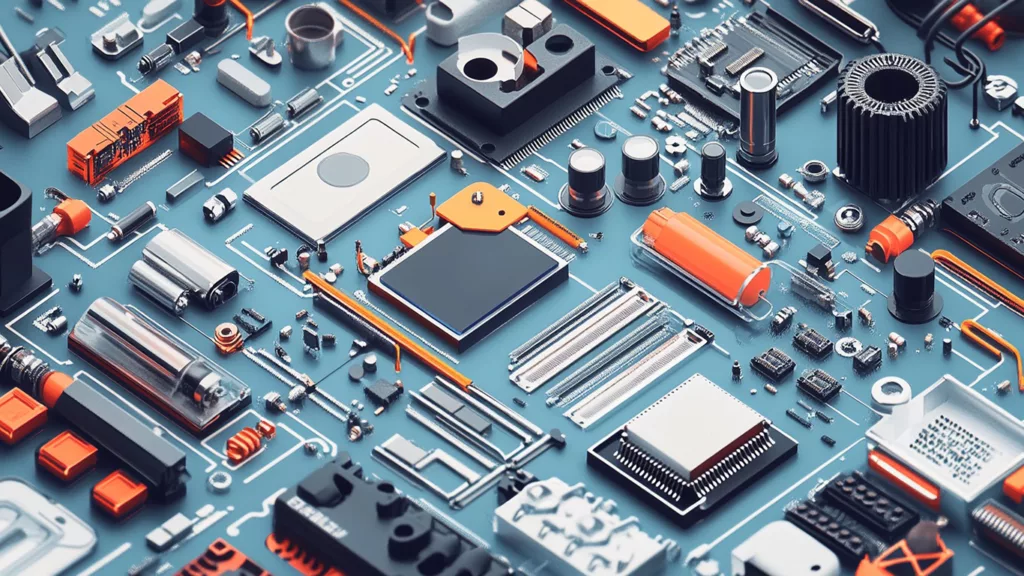Super glue is a staple in households, workshops, and industrial facilities alike—but have you ever stopped to wonder what gives it that instant bonding power? The chemical name for superglue is ethyl cyanoacrylate, a fast-acting adhesive compound that plays a vital role not just in minor fixes but in complex industrial bonding applications.
As a trusted adhesive manufacturer, ZDS™ provides innovative bonding solutions based on deep chemical expertise and precision-engineered formulas—many of which use cyanoacrylate technologies for optimal performance.
Let’s dive into the science behind this remarkable adhesive and explore why ethyl cyanoacrylate is more than just your average glue.

Understanding Ethyl Cyanoacrylate: The Core of Super Glue
Ethyl cyanoacrylate (ECA) is a cyanoacrylate ester—a chemical compound known for its ability to polymerize rapidly in the presence of moisture, forming long chains that create a strong, rigid bond.
Chemical Formula: C₆H₇NO₂
Molecular Structure: Contains nitrile (–CN) and ester (–COOEt) functional groups
Appearance: Clear, colorless liquid with a sharp odor
Why Does Ethyl Cyanoacrylate Bond So Quickly?
The secret lies in moisture. When ECA comes into contact with even trace amounts of water (including humidity in the air), a reaction is triggered that causes the liquid monomers to rapidly polymerize into a solid plastic mesh—effectively “locking” the surfaces together in seconds.
Industrial Applications of Ethyl Cyanoacrylate
While super glue is known for household repairs, ethyl cyanoacrylate adhesives are critical in a wide range of industrial adhesive applications. Their fast-curing nature, strong adhesion to diverse substrates, and precision performance make them ideal in sectors where reliability and speed matter.
Automotive & Aerospace
- Securing rubber trims and gaskets
- Bonding small plastic or metal parts
- Electronics encapsulation in harsh environments
Electronics & Circuitry
- PCB component mounting
- Wire tacking and insulation fixes
- Protective coatings for micro-devices
Medical & Surgical Use
Medical-grade variants (e.g., 2-octyl cyanoacrylate) are used for skin closures, eliminating the need for sutures in some procedures. This demonstrates the versatility of cyanoacrylate chemistry.
Packaging & Consumer Goods
- Instant bonding of plastic packaging components
- Assembly of consumer electronics and accessories
- High-speed automation lines
Chemical Safety and Storage Considerations
Because ECA is reactive with moisture, proper storage is essential:
- Airtight containers prevent premature polymerization
- Cool, dry environments extend shelf life
- Avoid skin contact due to rapid bonding (use gloves and goggles)
Industrial users often work with stabilized formulas, which include inhibitors to control polymerization speed for high-volume or precision applications.
How ZDS™ Leverages Cyanoacrylate Chemistry
At ZDS™, our engineering adhesives include tailored formulations of ethyl cyanoacrylate designed for specific industry needs—from automotive electronics to consumer goods assembly. We prioritize performance consistency, curing speed, and material compatibility to deliver bonding solutions that streamline manufacturing and boost product reliability.
ZDS™ also invests in R&D to innovate safer, more efficient cyanoacrylate adhesives, expanding their applications while meeting stringent environmental and safety standards.
Frequently Asked Questions
What’s the difference between ethyl and methyl cyanoacrylate?
Ethyl cyanoacrylate (ECA) is commonly used in general-purpose super glues, while methyl cyanoacrylate offers slightly faster curing but lower flexibility. Ethyl versions are preferred in industrial and consumer applications due to better balance in strength and handling.
Is ethyl cyanoacrylate safe for medical use?
Yes, but only specific medical-grade formulations like 2-octyl cyanoacrylate are approved for skin contact. Industrial ECA is not sterile and should not be used for wound closure.
Can ethyl cyanoacrylate bond metals?
Yes, it creates strong bonds with a wide range of metals, plastics, and ceramics—especially when used with primers or surface preparation.
Ready to Explore Advanced Bonding Solutions?
Whether you’re optimizing a production line or seeking reliable adhesives for sensitive components, ZDS™ offers expert-grade bonding solutions powered by the chemical performance of ethyl cyanoacrylate. Contact us to find the right adhesive formula for your needs—backed by technical support and industry-leading innovation.

